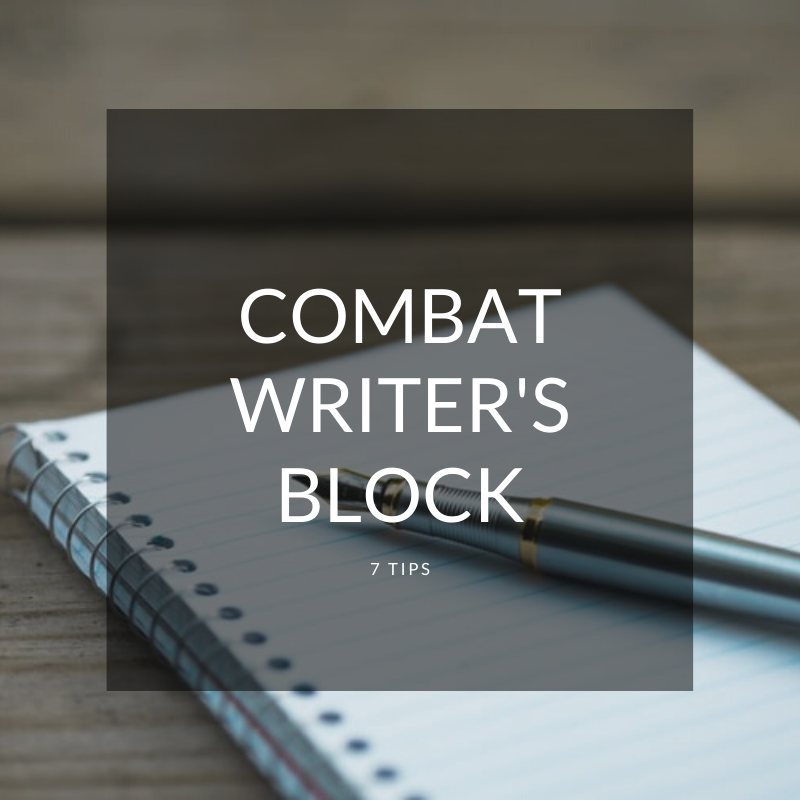Freelancing can be overwhelming, I know. Despite putting in long working hours, there are times when we are not able to get work done. Because there’s so much to do… Client projects, revisions, responses to prospects, pitches, invoices, meetings, calls, follow ups, managing personal brand, social media, collaborating… 😅
…Deep breath!
I know because I have been running my freelance business from some time too. Being productive seems really tough when you’ve so much on the plate. But, you know what… The problem isn’t that you got less time. The problem isn’t even more work.
The root of the problem lies in management.
Over time, I’ve figured out something that works for me (and might as well for you!).
With this, I increased my productivity by x10 times, am not always running to get work done, have a better work-life balance, and time for self and family as well.
The #1 tip that I follow for myself:
Block out time pockets for a particular type of work.
Confused? Well! It’s simple. Dedicate a fixed number of hours or a particular time of the day for each task.
Here’s an example of my typical workday routine:
1️⃣ I start off by making my to-do list for the day (this can also be done the night before!) — so, I don’t have to remember the tasks, freeing up mind space for work. And also, I hate remembering stuff that can be written down.
3 points here —
[1] I prioritize the task that needs to be done first, second, and third.
[2] That priority is also based on the time it’d take to complete that task.
[3] Most important, the priority is based on the deadlines I’ve given to myself.
So, if I can complete 1 task in 1 hour v/s 5 tasks in 1 hour, I prefer to do the latter (if any deadline is not pending on that 1 task!). You know the pscyhological thing: satisfaction of getting more things checked off your list.
2️⃣ Then, in time pocket #1, I have a fixed dedicated time for my major writing work (eg: 9 am – 12 noon). At that time, I don’t check mails, don’t respond to messages, no social media, no invoicing, nothing. I just work on the project at hand (priority-wise!).
And because I don’t have 10 other tasks to remember [thank the to-do list], I can get my projects done much faster.
3️⃣ After this, I take a break. Stretch. Finish other chores. Have food. Walk a little. Talk a little 🙂
4️⃣ Then, in the time pocket #2, I handle the administrative tasks like replying to emails, client calls, team meetings, etc. In between two calls, I make invoices, agreements, etc. — Note how I use the empty 10-15 minutes in between calls to finish up tasks that require my presence, but not my 100% attention (like making and sending invoices).
5️⃣ Break. Snack time. Food fuels the mind 😉
6️⃣ Then, towards the evening, the time pocket #3 is dedicated to social media and personal branding. I plan out my content calendar, create content, reply to messages, catch up with colleagues, engage, interact, etc.
7️⃣ Dinner. Family. Walk. Conversations. Meditate. Sleep 🙂
A few points to note here —
- This gives a general idea of my workday. But, I do shuffle up the time pockets as and when required. Days with no meetings/calls are replaced with client work. Social media time can get shuffled. So, it depends on you and what works for you.
- I have figured out my productive hours. Some people are productive in the night, some early morning. This time before noon suits me the best because of my personal reasons.
- I do not follow this routine very strictly. Because I cannot stick to one routine for a long time as it becomes boring for me 😅 — So, I keep shifting the the tasks allocated to each time pocket. But, again, 2 things here:
[1] Afternoons (where I usually become somewhat lazy) are reserved for non-writing tasks (like calls, etc.) – so I stay awake. When I don’t have that work pending, I usually take a nap! (Perks of being a freelancer!)
[2] MOST IMPORTANT: My work hours are fixed.
This works best when, like me, you also prefer to work in sprints rather than all at a go. Plus, with this method, I am able to channelize my energy on the task at hand and avoid distractions or pressures of pending tasks – because you know there’s a dedicated time for other work as well.
There are numerous other ways with which I manage my work better. More on that later 🙂
Until then, keep following me on LinkedIn, Instagram, and Twitter.

This abstract feature picture is to symbolise the abstractness of freelancing and many hues it has! 😉




Leave a comment